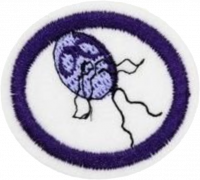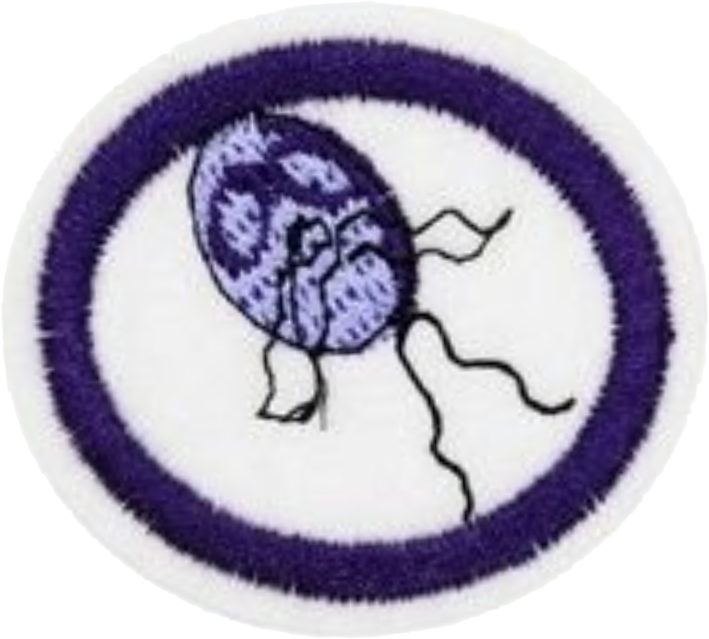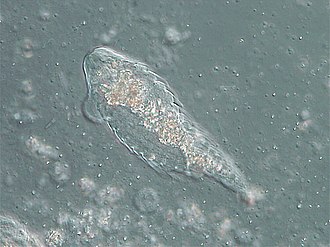Difference between revisions of "AY Honors/Protozoa/Answer Key"
Jomegat bot (talk | contribs) (Bot: Automated import of articles *** existing text overwritten ***) |
Jomegat bot (talk | contribs) (Bot: Automated import of articles *** existing text overwritten ***) |
||
| Line 1: | Line 1: | ||
| − | + | {{HonorSubpage}} | |
| − | |||
| − | |||
| − | {{ | ||
| − | |||
| − | |||
| − | |||
| − | |||
| − | |||
| − | |||
| − | |||
| − | |||
| − | |||
| − | |||
| − | |||
<section begin="Body" /> | <section begin="Body" /> | ||
{{ansreq|page={{#titleparts:{{PAGENAME}}|2|1}}|num=1}} | {{ansreq|page={{#titleparts:{{PAGENAME}}|2|1}}|num=1}} | ||
| Line 98: | Line 84: | ||
[[Category:Adventist Youth Honors Answer Book|{{SUBPAGENAME}}]] | [[Category:Adventist Youth Honors Answer Book|{{SUBPAGENAME}}]] | ||
<noinclude></translate></noinclude> | <noinclude></translate></noinclude> | ||
| − | + | {{CloseHonorPage}} | |
Revision as of 03:34, 19 March 2021
1
All protists are eukaryotic -- meaning they have a cell nucleus that stores their DNA -- single-celled organisms. Protists are often considered animal-like or plant-like because they behave similarly to multi-cellular organisms. Protozoa is another name for animal-like protists.
Like all protists, protozoa are single-celled organisms with a cell nucleus. Some have more than one nucleus. Protozoa are heterotrophs, which means they can not make their own food, but instead must ingest other organisms for energy. Most reproduce asexually through mitosis, which involves the splitting of their cell into two identical copies. Some reproduce through meiosis, which is sexual reproduction. Seven phyla -- subdivisions of a kingdom -- of protists are protozoa.
2
3
Flagellata (flagellated)
A flagellate is a cell or organism with one or more whip-like appendages called flagella. The word flagellate also describes a particular construction (or level of organization) characteristic of many prokaryotes and eukaryotes and their means of motion.
Ciliophora (ciliated)
Amoeba (phagocytic)
Sporozoans (spore-forming)
4
A pseudopod is a temporary cytoplasm-filled projection of a eukaryotic cell membrane or a unicellular protist. Pseudopods may be used for motility, or for ingesting nutrients or other particulate matter.
5
6
7
8
9
10




